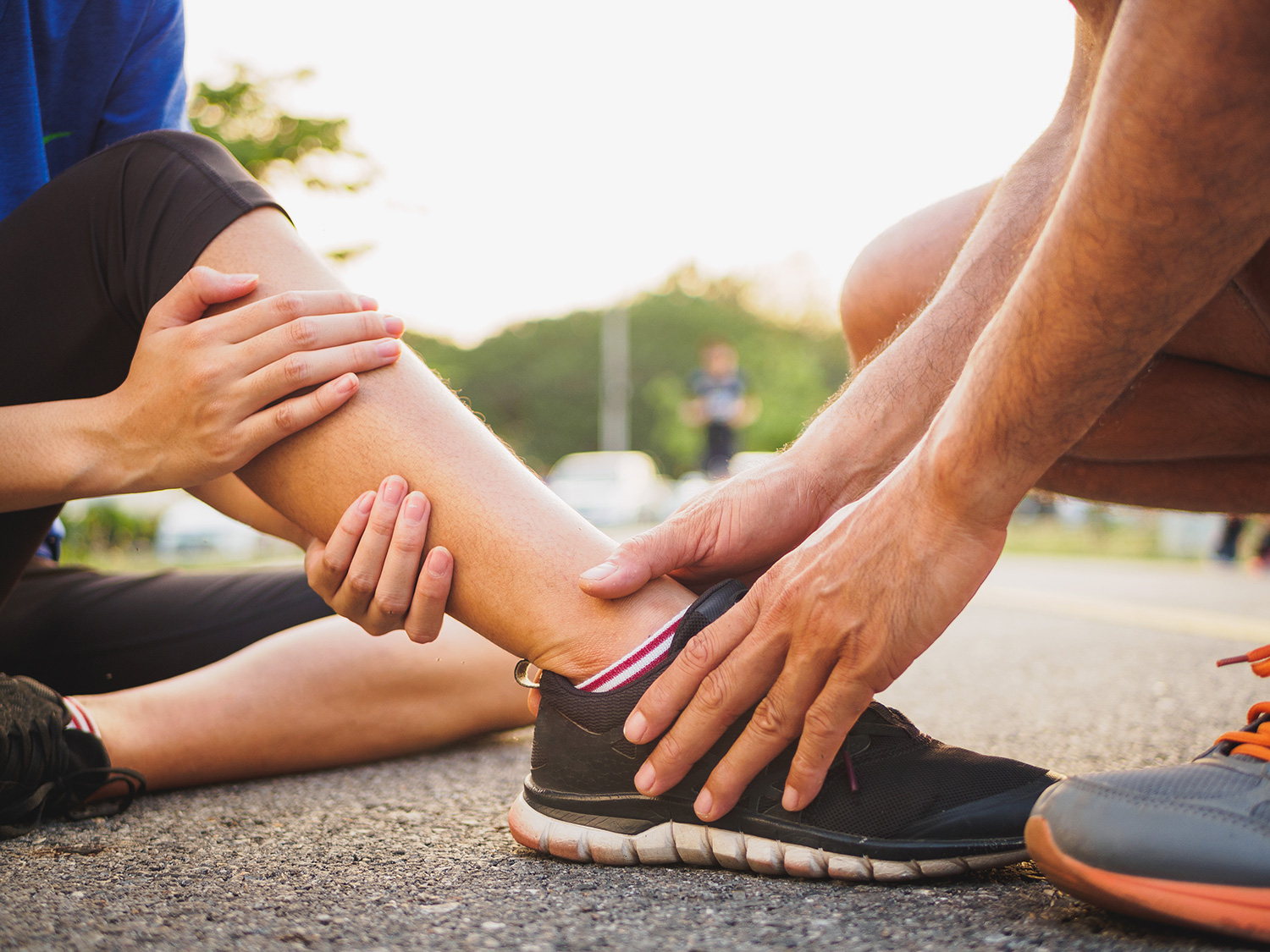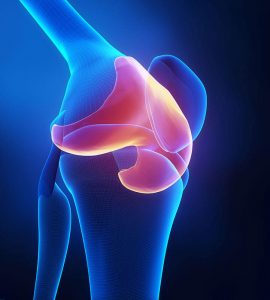
Types, Causes, Risk Factors, and When to Seek Medical Help
Whether you’re a professional athlete, weekend warrior, or someone simply enjoying recreational sports, sports injuries can be a frustrating and disruptive setback. They can limit your ability to perform, affect your mobility, and, if not properly addressed, lead to chronic pain or long-term complications.
At Quantum Orthopaedics, we see patients across all activity levels dealing with sports-related injuries — from common strains to complex ligament and cartilage issues. Knowing how these injuries occur, how to recognise the signs, and when to seek help is critical for a safe and full recovery.
What Are Sports Injuries?
Sports injuries are injuries that occur during physical activity, exercise, or athletic performance. They can affect virtually any part of the musculoskeletal system, including muscles, tendons, ligaments, joints, bones, and cartilage.
While some injuries happen suddenly and are easy to identify, others develop over time due to repetitive strain, poor mechanics, or inadequate recovery. Sports injuries are not exclusive to athletes — they’re increasingly common among people of all ages who participate in regular physical activity.
Causes of Sports Injuries
Sports injuries can result from a wide variety of factors, ranging from external forces to internal biomechanical imbalances. The cause often depends on the type of sport, level of conditioning, and the specific movement patterns involved.
1. Trauma or Impact
Sudden physical contact, falls, or collisions can cause acute injuries such as fractures, dislocations, or ligament tears. These are common in contact sports like football, rugby, and martial arts.
2. Overuse or Repetition
Activities that involve repetitive motion — such as running, swimming, or tennis — can strain certain parts of the body over time, leading to conditions like tendonitis or stress fractures.
3. Poor Technique or Form
Incorrect movement patterns place abnormal stress on joints and soft tissues. For example, improper landing during jumps or poor lifting form can increase the risk of injury.
4. Lack of Warm-Up or Flexibility
Insufficient warm-up or inadequate stretching can cause muscles and tendons to be less elastic, making them more prone to tears and strains during activity.
5. Fatigue
When the body is tired, it is more susceptible to injury due to slower reaction time, compromised coordination, and reduced muscular control.
6. Inadequate Equipment or Footwear
Worn-out or inappropriate shoes, poorly maintained gear, or lack of protective equipment can contribute to injuries, particularly in sports that require high impact or agility.
Risk Factors of Sports Injuries
While anyone can sustain a sports injury, certain risk factors make individuals more susceptible:
- Lack of conditioning or sudden return to sport after inactivity
History of prior injury in the same area - Improper training techniques or excessive training volume
- Poor core or joint stability
- Muscle imbalances or weakness
- Joint hypermobility or stiffness
- Insufficient rest or recovery time
Recognising and addressing these risk factors is crucial in preventing sports injuries, particularly in athletes who train or compete regularly.
Common Types of Sports Injuries
Sports injuries can affect any area of the body, but the most commonly affected regions are the knees, shoulders, ankles, and wrists, as well as the muscles and tendons of the lower and upper limbs.
Here’s a breakdown of the most frequent sports-related injuries seen in clinical practice:
1. Sprains
Sprains are injuries to ligaments — the fibrous tissues that connect bones to each other. They often result from twisting, overstretching, or impact.
- Common sites: Ankle (inversion sprain), knee (MCL or LCL sprains), wrist
- Symptoms: Pain, swelling, bruising, instability, and limited range of motion
2. Strains
Strains refer to injuries of muscles or tendons and may involve overstretching or tearing of muscle fibres.
- Common sites: Hamstrings, quadriceps, groin, calf, lower back
- Symptoms: Sudden pain during activity, muscle spasm, weakness, or tightness
3. Tendonitis and Tendinopathy
Tendonitis is inflammation of a tendon, typically due to overuse or repetitive stress. Over time, it may develop into tendinopathy, where the tendon becomes thickened and less elastic.
- Common types: Achilles tendonitis, patellar tendonitis (jumper’s knee), tennis elbow, golfer’s elbow
- Symptoms: Localised pain, tenderness, and stiffness, especially during or after activity
4. Ligament Tears
Partial or complete ligament tears often result from high-impact trauma or sudden twisting motions. The anterior cruciate ligament (ACL) is one of the most commonly torn ligaments in sports.
- Commonly torn ligaments: ACL, MCL, LCL, UCL (elbow)
- Symptoms: A popping sound at injury, immediate swelling, instability, and difficulty bearing weight
5. Meniscus Tears
The meniscus is the cartilage cushion in the knee joint. Twisting or pivoting motions, especially under load, can cause tears — commonly seen in soccer, basketball, or skiing.
- Symptoms: Knee locking, pain during movement, swelling, and joint stiffness
6. Fractures (Broken Bones)
Fractures may occur from trauma (e.g., falls or impact) or from repetitive stress over time (stress fractures).
- Common fracture sites: Wrist, collarbone, foot (metatarsals), tibia
- Symptoms: Sharp pain, swelling, bruising, deformity, inability to move the affected limb
7. Dislocations
A dislocation occurs when a bone is forced out of its normal joint position, often due to a fall or direct blow.
- Common sites: Shoulder, finger, kneecap (patella)
- Symptoms: Visible deformity, severe pain, inability to move the joint
8. Shin Splints
Pain along the inner edge of the shinbone, typically due to running on hard surfaces or sudden changes in training load.Symptoms: Tenderness, soreness, or sharp pain during or after running
If you’re dealing with pain, swelling, or discomfort from a sports injury,
early intervention can make a significant difference in your recovery and long-term joint health.
Symptoms of Sports Injuries to Watch For
Not all sports injuries are immediately obvious. Some start as minor aches and progressively worsen. Others may be sudden and disabling. Pay attention to your body’s signals, especially if you notice:
- Persistent or sharp joint or muscle pain
- Swelling, bruising, or warmth over a joint
- Loss of strength or mobility in a limb
- A popping or snapping sensation during activity
- Difficulty bearing weight or moving the affected limb
- Recurring pain during specific motions (e.g., throwing, running, jumping)
- Pain that continues even after rest or self-care
Importance of Early Diagnosis
Many sports injuries, if caught early, can be managed with simple interventions such as rest, physiotherapy, and biomechanical correction. However, delaying treatment may result in worsening symptoms, joint instability, or chronic pain.
An accurate diagnosis ensures that:
- The injury is correctly identified
- The severity is properly assessed
- Contributing factors are addressed
- A targeted recovery plan is created
At Quantum Orthopaedics, we perform thorough assessments using clinical evaluation, imaging (X-rays, MRI, ultrasound), and movement analysis to identify both the injury and its underlying causes.
When to See a Sports Injury Specialist
You should consult a specialist if:
- You experience sudden or severe joint or muscle pain
- Pain doesn’t improve after a few days of rest
- Swelling, instability, or bruising is present
- You’ve had repeated injuries in the same area
- Your performance is being affected by discomfort or limitation
- You’re unsure about returning to sport safely
Prompt care not only supports faster recovery but also reduces the risk of re-injury.
Frequently Asked Questions (FAQs)
1. What is the most common sports injury?
The most common sports injuries are sprains and strains, particularly in the ankles, knees, and lower back. Overuse injuries like tendonitis and shin splints are also prevalent.
2. Can I treat a sports injury at home?
Minor injuries like mild sprains or muscle strains can often be managed at home with R.I.C.E. (Rest, Ice, Compression, Elevation). However, if pain persists or worsens, medical evaluation is advised.
3. How can I prevent sports injuries?
Preventive strategies include proper warm-up, gradual increase in activity, strength training, flexibility work, using correct techniques, and wearing appropriate footwear or gear.
4. How long does it take to recover from a sports injury?
Recovery time varies depending on the type and severity of the injury. Minor strains may heal in a few days, while ligament tears or fractures may require several months of rehabilitation.
5. Should I stop exercising if I have a sports injury?
It depends on the injury. Some conditions benefit from rest, while others may require modified activity. A sports injury specialist can guide you on safe movement or exercise alternatives.
6. Is imaging always necessary for a diagnosis?
Not always. Many sports injuries can be diagnosed clinically. Imaging like X-rays or MRI is used when fractures, ligament tears, or internal joint damage are suspected.




